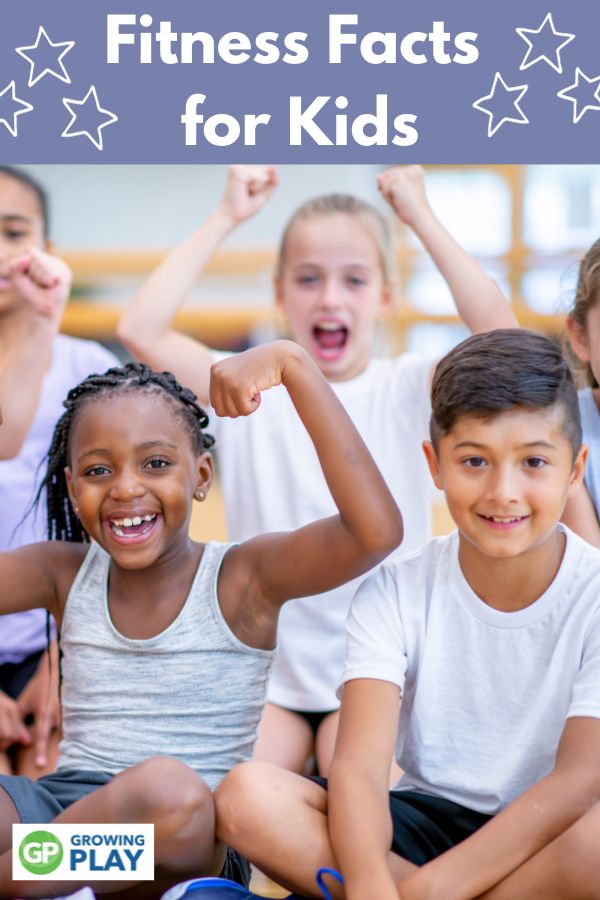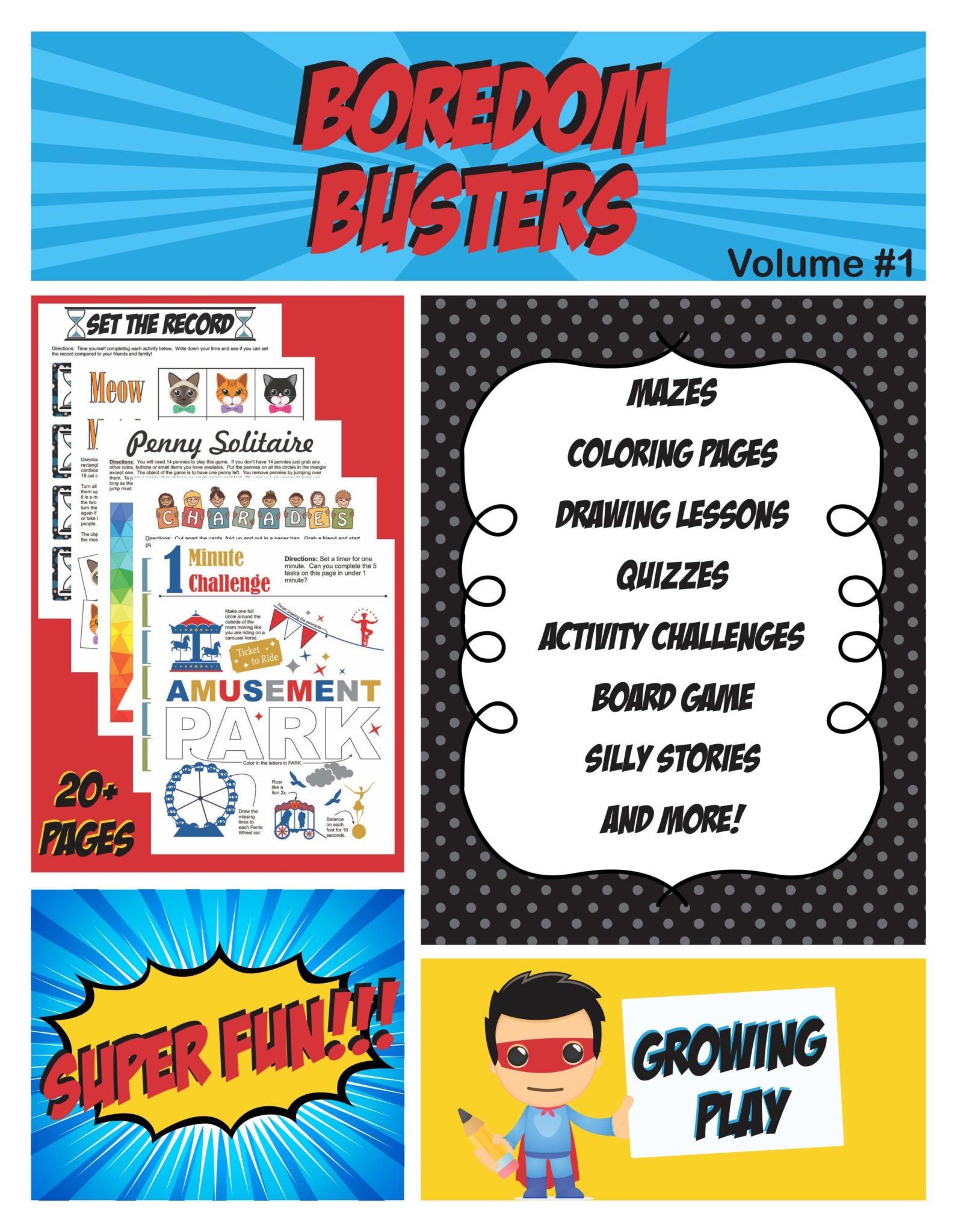Fitness Facts for Kids

Hey young explorers! Have you ever been curious about how our bodies work, especially when we move, jump, and play? Let’s dive deep into fitness facts for kids, so you can become a mini-expert on all things health and fitness. Learn more so you can drop fun facts on your friends faster than you can sprint to the finish line!
Expand your student’s knowledge, with this fun Physical Fitness Word Search puzzle free printable when you are done sharing the facts below.
Why Fitness is Essential for Kids
In the United States, a recent study showed that a significant number of young people aren’t getting the recommended minutes of physical activity each day. This trend could lead to health problems, like high blood pressure and heart disease, in the future. Regular exercise, however, comes with a plethora of health benefits, from boosting brain function to keeping your heart rate in check.
- Did you know the human heart can pump about 70 times per minute? That’s a lot of work for one tiny muscle! Discover more heart facts here.
- Speaking of muscles, for every pound of muscle you gain, you burn 50 more calories a day. Now that’s a fun fact from this muscle guide!
- Regular physical activity can also improve academic performance. So, exercise might be the secret ingredient to acing that math test!
- Children in the US spend nearly 7 hours a day on electronic devices, like video games and social media, which are sedentary activities. Remember, it’s essential to balance screen time with active play.

Boredom Busters Volume #1
Fitness Facts for Kids: Get Moving!
Exercise isn’t just about gym class or team sports. Everyday activities can be a great way to boost your physical fitness. Whether it’s a bike ride in the park, martial arts, or playing on playground equipment, every bit counts.
- Jumping rope is a full-body workout. Ten minutes of it can be equal to a 30-minute jog!
- According to the U.S. Department of Health and Human Services, kids between 6-17 years of age should get at least an hour of physical activity every day.
- Kids who perform aerobic activities, like swimming or cycling, 3 times a week achieve better scores in school than inactive children.
- Dance is a vigorous physical activity that can uplift your mood and improve cardiovascular health.
- Playing tag with friends isn’t just fun. It can also improve social skills and offer a good dose of aerobic activity.
- Did you know this human body word search isn’t just for fun? Solving such activities can also improve your brain’s executive functions!
Finding the Balance
While exercise is essential, so is getting enough sleep and maintaining a balanced diet. Adequate food fuels your activities, and sleep lets your body recover.
- Young children, especially those in early childhood, require 10-13 hours of sleep each night.
- Strength training, like weight lifting or resistance exercise, helps in building strong bones and muscles. But always ensure you have adult supervision!
- A fun fact: By the age of 17, nearly half of the high school students in the United States do not attend their gym class regularly.
- The American Academy of Pediatrics suggests no more than 2 hours of recreational screen time daily for children.
- Hungry after exercise? That’s normal! Physical exercises can increase your appetite as your body burns energy.
More Cool Fitness Facts for Kids
Your body is an incredible machine. From flexibility exercises to cardiovascular activities, it’s designed for movement. Let’s keep the fun facts rolling:
- For those who think video games are all about being sedentary, did you know games like ‘Just Dance’ or using green lights on playground equipment can be considered vigorous physical activities?
- Here’s an interesting fact: Pound for pound, kids have more energy than a solar battery!
- Active kids have better bone density, which means healthier bones that are less prone to breaks.
- A recent study showcased that children who engaged in regular aerobic activities had improved mental health.
- According to the American Council on Exercise, simple exercises like hopping, skipping, or playing active games can increase children’s health and energy levels.
Wrap Up: Fitness Fun and Beyond
Being active doesn’t mean spending long periods of time in structured activities. From active play in the backyard to team sports, the best way to ensure fitness is to make it enjoyable.
- A systematic review by the National Institutes of Health suggests that preschool children engaging in active play show better movement skills.
- Kids who have active parents are more likely to be active too. So, setting a good example is key!
- Contrary to popular belief, weight loss isn’t the primary goal of exercise for kids. The focus should be on fun and developing healthy habits.
- Childhood is the best time to develop flexibility. So, stretch it out whenever you can!
- Lastly, did you know that laughter is a mini workout? A good laugh can give your diaphragm and abdominal muscles a good exercise session.
It’s evident that regular physical activity brings numerous benefits. Remember, fitness can be fun, especially when combined with the myriad of fun facts we have in store. So, put on those sneakers and get moving!
Always consult with a health professional or parent before beginning any new exercise regimen.



